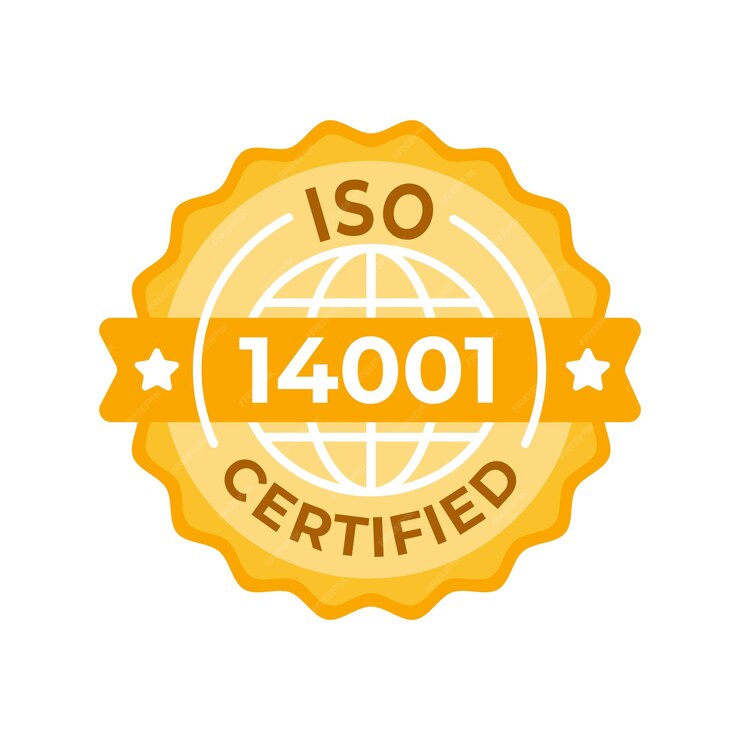
I. Introduction
In a world where environmental sustainability is no longer optional but essential, ISO 14001 has emerged as a pivotal standard for organizations aiming to establish effective Environmental Management Systems (EMS). This internationally recognized standard enables businesses to minimize their environmental impact while achieving regulatory compliance and improving operational efficiency.
ISO 14001 training equips professionals and organizations with the knowledge and skills to implement and maintain EMS in alignment with the standard’s requirements. This training not only enhances environmental performance but also instills a culture of sustainability within the workplace. In this blog, we will explore the essentials of ISO 14001 training, its importance, and how it can lead to meaningful change in environmental management.
II. Understanding ISO 14001
What is ISO 14001?
ISO 14001 is part of the ISO 14000 family of standards, which focuses on environmental management. It outlines a framework for organizations to establish, implement, and continually improve their EMS. The standard is designed to be applicable to businesses of all sizes and industries, providing a structured approach to environmental sustainability.
Why ISO 14001 Matters
ISO 14001 helps organizations address the environmental challenges of modern business practices. By adhering to this standard, companies can:
- Achieve Compliance: Align with local and international environmental regulations.
- Reduce Risks: Identify and mitigate environmental risks associated with their operations.
- Enhance Reputation: Demonstrate a commitment to sustainability, attracting eco-conscious customers and stakeholders.
- Improve Efficiency: Optimize resource use and reduce waste, leading to cost savings.
III. Importance of ISO 14001 Training
Building Expertise
ISO 14001 training provides a deep understanding of the standard’s principles and requirements. It empowers individuals to interpret the clauses effectively and integrate them into organizational processes. Training ensures that team members are equipped to:
- Identify environmental aspects and impacts.
- Develop and implement robust EMS policies and procedures.
- Monitor and measure performance for continual improvement.
Avoiding Compliance Pitfalls
A lack of awareness about environmental regulations and standards can lead to costly mistakes. ISO 14001 training helps organizations stay compliant with legal and industry-specific requirements.
Promoting a Culture of Sustainability
Training fosters an organization-wide commitment to environmental responsibility, creating a culture where sustainability becomes a shared value.
IV. Components of ISO 14001 Training
Core Training Modules
ISO 14001 training typically covers the following key areas:
- Overview of ISO 14001: Understanding the standard’s scope, objectives, and benefits.
- EMS Planning: Identifying environmental aspects, setting objectives, and developing plans.
- Implementation: Establishing and integrating EMS processes within the organization.
- Risk Assessment: Identifying and mitigating potential environmental risks.
- Auditing and Continual Improvement: Conducting internal audits and implementing corrective actions.
Practical Exercises and Case Studies
Hands-on activities and real-world scenarios help participants apply their knowledge effectively. These exercises enable trainees to:
- Conduct mock audits.
- Develop EMS documentation.
- Analyze case studies to understand best practices and common challenges.
Certification Process
Many iso 14001 eğitimi programs include a certification process to validate participants’ knowledge and skills. This certification is often a valuable credential for professionals in environmental management roles.
V. Choosing the Right ISO 14001 Training Program
Factors to Consider
Selecting the right training program is crucial for maximizing its benefits. Here are some key considerations:
- Accreditation: Ensure the training provider is accredited by recognized bodies.
- Content Relevance: The course should cover all aspects of ISO 14001 and offer practical insights.
- Mode of Delivery: Choose between in-person, online, or hybrid training options based on your needs.
- Trainer Expertise: Verify the qualifications and experience of the trainers.
- Cost and Duration: Assess whether the program fits your budget and schedule.
Tips for Evaluation
- Read Reviews: Look for feedback from past participants.
- Request a Demo: Some providers offer trial sessions or previews.
- Compare Programs: Evaluate multiple options to find the best fit.
VI. Success Stories and Real-Life Benefits
Organizational Benefits
Many organizations have seen significant improvements in their environmental performance after investing in ISO 14001 training. For instance:
- Case Study 1: A manufacturing company reduced waste by 25% and achieved substantial cost savings by implementing an effective EMS.
- Case Study 2: A retail chain improved its reputation among eco-conscious consumers by achieving ISO 14001 certification.
Individual Achievements
Professionals who complete ISO 14001 training often experience career growth. Certified individuals are highly sought after for roles in environmental management, compliance, and sustainability.
VII. Conclusion
ISO 14001 training is more than a step toward compliance; it is a pathway to environmental excellence. By equipping organizations and individuals with the tools to address environmental challenges effectively, this training fosters a culture of sustainability and continuous improvement. Investing in ISO 14001 training not only enhances organizational performance but also contributes to a healthier planet.





Leave a Reply